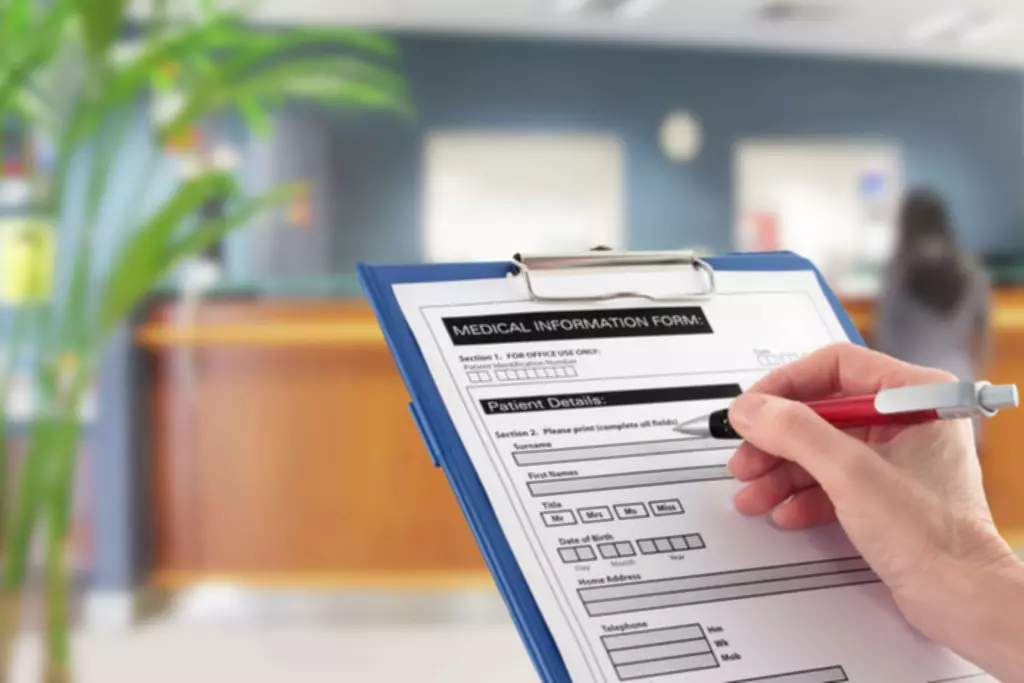Content
We don’t just help prepare you for financial events; we can help you anticipate what you’ll likely face by applying continuous rigor in both governance and process. So, whether you face executive transitions, financial distress, mergers & acquisitions (M&A), financial transactions and reporting, regulatory compliance, or technology programs—we are ready to help. AuditorsAn auditor is a professional appointed by an enterprise for an independent analysis of their accounting records and financial statements. An auditor issues a report about the accuracy and reliability of financial statements based on the country’s local operating laws. Controls can be evaluated and improved to make a business operation run more effectively and efficiently. For example, automating controls that are manual in nature can save costs and improve transaction processing.
Why Are Internal Controls Important?
Internal controls are the mechanisms, rules, and procedures implemented by a company to ensure the integrity of financial and accounting information, promote accountability, and prevent fraud. Besides complying with laws and regulations and preventing employees from stealing assets or committing fraud, internal controls can help improve operational efficiency by improving the accuracy and timeliness of financial reporting.The Sarbanes-Oxley Act of 2002, enacted in the wake of the accounting scandals in the early 2000s, seeks to protect investors from fraudulent accounting activities and improve the accuracy and reliability of corporate disclosures.
Internal controls are policies and procedures put in place by management to ensure that, among other things, the company’s financial statements are reliable. Some internal controls relevant to an audit include bank reconciliations, password control systems for accounting software, and inventory observations. Corrective internal controls are put in place to correct any errors that were found by the detective, internal controls. This type of internal control usually begins by detecting undesirable outcomes and keeping the spotlight on the problem until management can solve it. If an error occurs, then it is essential that an employee follow procedures that have been put into place to correct the mistake. Examples of corrective internal accounting controls include physical audits and physically tracking assets to reveal well-hidden discrepancies.
Operational Internal Controls
We are a virtual company headquartered in San Diego, CA with employees across the USA. Management is responsible for making sure that all staff are familiar with University policies and changes in those policies. Reconciliations — Reconciliations can be defined as the practice of having different individuals or sections maintain the same transactions so that they can be compared later for discrepancies. Reconciliations are important because they easily alert to the presence of errors, whether intentional or accidental, and make it easy for the source of error to be diagnosed. Trial balances — This involves the use of double-entry to ensure the reliability of accounting information. Rebekiah has taught college accounting and has a master’s in both management and business. In larger organizations required approvals may follow a hierarchy, necessitating multiple layers of agreement before being finalized.

Effective internal controls for your accounting and finance should be an integral part of your business plan. Internal controls significantly reduce the risk of loss of assets and increase the reliability and accuracy of all your accounting and finance operations. Additionally, controls ensure that your company’s accounting system is in accordance with applicable laws and regulations. The internal controls, accounting measures and procedures in an organization will determine internal controls in accounting the accuracy and reliably of its accounting information. Auditors also look out for the available internal control measures in a company and to what extent the financial statements have complied with the accepted rules. In an audit process, auditors examine the effectiveness of the internal controls of a company and give opinions based on the examination. After the Sarbanes-Oxley Act was passed by Congress in 2002, it made managers responsible for the internal controls.
Periodic Reconciliations in Accounting Systems
Using standard document formats can make it easier to review past records when searching for the source of a discrepancy in the system. A lack of standardization can cause items to be overlooked or misinterpreted in such a review. Physical audits include hand-counting cash and any physical assets tracked in the accounting system, such as inventory, materials and tools. Physical counting can reveal well-hidden discrepancies in account balances by bypassing electronic https://www.bookstime.com/ records altogether. Counting cash in sales outlets can be done daily or even several times per day. Larger projects, such as hand counting inventory, should be performed less frequently, perhaps on an annual or quarterly basis. The Sarbanes-Oxley Act of 2002, enacted in the wake of the accounting scandals in the early 2000s, seeks to protect investors from fraudulent accounting activities and improve the accuracy and reliability of corporate disclosures.
- If implementing a recommended control seems too expensive, be sure to consider the full cost of a fraud that could occur because of the missing control.
- Also, there is no specific control policy that applies to every organization.
- Intentional losses may be a case of fraud, and this makes it paramount for the separation to occur.
- An audit is an unbiased examination and evaluation of the financial statements of an organization.
- Further, when a company goes public, there are additional financial control requirements that must be implemented, especially if the firm’s shares are to be listed for sale on a stock exchange.
- Segregation of duties – processor and approver should be two different people.
- It is considered successful when it allows control weaknesses to be found and corrected before they wreck the objective acquisition of the chapter.
Independent checks on performance, which are carried out by employees who did not do the work being checked, help ensure the reliability of accounting information and the efficiency of operations. For example, a supervisor verifies the accuracy of a retail clerk’s cash drawer at the end of the day. Internal auditors may also verity that the supervisor performed the check of the cash drawer. These control activities may include elec tronic or mechanical controls or computer-related controls dealing with access privileges or established backup and recovery procedures.
What Are the 2 Types of Internal Controls?
For example, a physical inventory count can spot cases in which actual inventory quantities are lower than what is recorded in the accounting records. Or, a bank reconciliation is used to detect unexplained withdrawals from a savings account.


